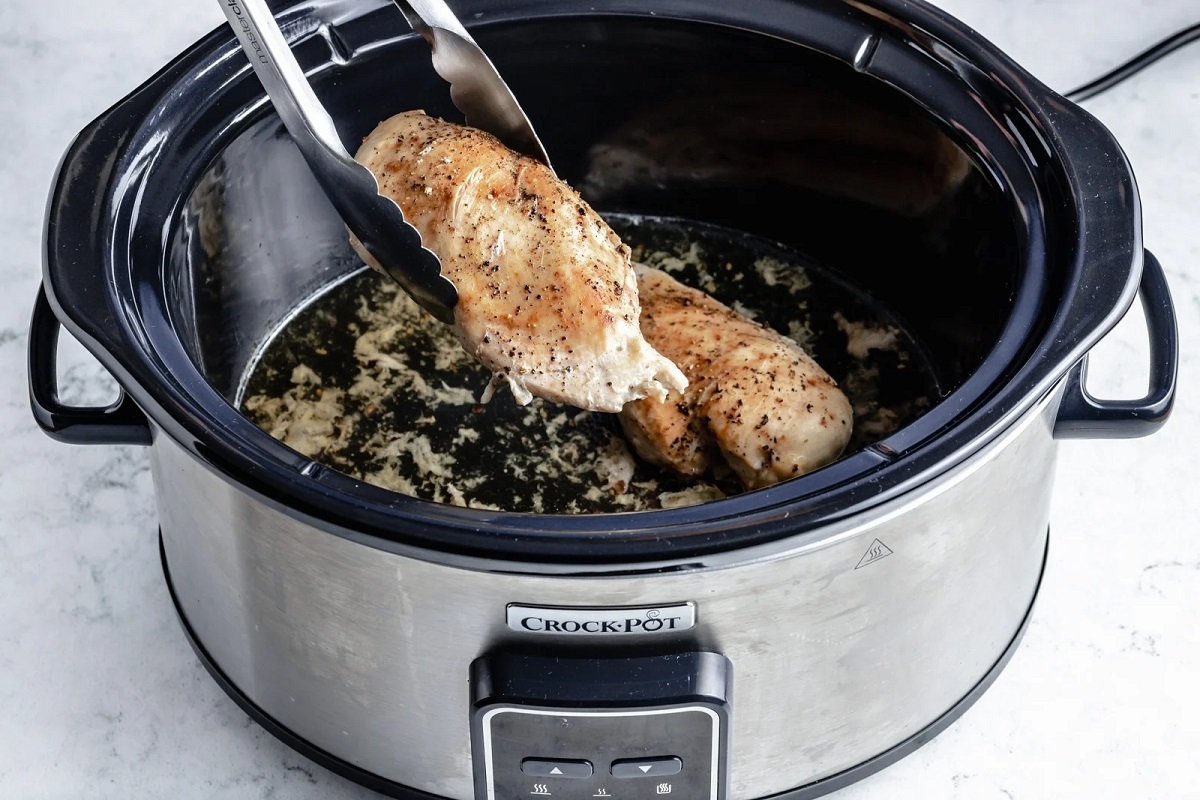

Articles
How To Cook In Slow Cooker
Modified: February 29, 2024
Discover the ultimate collection of articles on how to cook delicious meals in a slow cooker. Unlock new recipes and techniques for effortless cooking at home.
(Many of the links in this article redirect to a specific reviewed product. Your purchase of these products through affiliate links helps to generate commission for Storables.com, at no extra cost. Learn more)
Introduction
Welcome to the world of slow cooking! In this fast-paced modern era, where time seems to be perpetually in short supply, it’s no wonder that the popularity of slow cookers has soared. Slow cookers offer a convenient and effortless way to prepare delicious meals with minimal effort and maximum flavor.
Whether you’re a busy professional, a parent juggling multiple responsibilities, or simply someone who loves the idea of a warm and comforting meal waiting for you at the end of a long day, the slow cooker is sure to become your new best friend in the kitchen.
This article will guide you through the ins and outs of cooking in a slow cooker. From the benefits of this cooking method to choosing the right equipment, we’ll cover everything you need to know to get started.
So, grab a cup of coffee, sit back, and let’s explore the wonderful world of slow cooking together.
Key Takeaways:
- Slow cooking offers time-saving convenience, enhanced flavors, and tenderizes tough cuts of meat, making it a popular and economical cooking method for busy individuals and families.
- Choosing the right slow cooker, essential equipment, and following safety tips are crucial for successful slow cooking adventures. Experiment with popular recipes and troubleshoot common issues for a delightful slow cooking experience.
Read more: How To Keep Hamburgers Warm In A Slow Cooker
Benefits of Cooking in a Slow Cooker
Cooking in a slow cooker offers a plethora of benefits that make it a game-changer in the kitchen. Here are some of the top advantages:
- Saves time: One of the biggest benefits of cooking in a slow cooker is the time-saving aspect. Simply add your ingredients to the slow cooker, set the desired cooking time and temperature, and go about your day. No need to constantly monitor a stovetop or oven. You can come back hours later to a perfectly cooked meal.
- Enhanced flavors: Slow cooking allows the flavors of the ingredients to meld together, creating a depth and richness that is hard to achieve with other cooking methods. The low and slow cooking process tenderizes meats, intensifies flavors, and results in deliciously flavorful dishes.
- Tenderizes tough cuts of meat: Tough cuts of meat, such as brisket or chuck roast, can be transformed into tender and succulent dishes when cooked in a slow cooker. The long cooking time breaks down the collagen in the meat, resulting in melt-in-your-mouth texture.
- Economical: Slow cookers are incredibly energy-efficient, using much less electricity than a traditional oven or stovetop. Additionally, slow cooking allows you to make use of more affordable cuts of meat, which tend to be tougher but are perfectly suited for long, slow cooking.
- Convenient: Slow cookers are designed to be set and forgotten. You can prepare your ingredients in the morning, set the slow cooker, and head out for the day. When you return home, your meal will be ready and waiting for you. This convenience is especially helpful for busy individuals and families.
These are just a few of the many benefits of cooking in a slow cooker. From saving time to enhancing flavors, it’s no wonder that slow cooking has become a popular cooking method for people around the world.
Choosing the Right Slow Cooker
When it comes to choosing the right slow cooker for your needs, there are a few key factors to consider. Here’s what you should keep in mind before making a purchase:
- Size: Slow cookers come in a variety of sizes, ranging from small 2-quart models to large 8-quart models. Consider the number of people you typically cook for and the types of meals you plan to make. If you’re cooking for a small family or primarily making side dishes, a smaller slow cooker may be sufficient. For larger families or batch cooking, a larger size may be more suitable.
- Features: Slow cookers now come with a range of features to enhance your cooking experience. Some common features to look out for include programmable timers, temperature settings, and sauté options. Think about what features are important to you and how they will benefit your cooking style.
- Shape: Slow cookers typically come in two shapes: oval and round. Oval-shaped cookers are ideal for cooking whole chickens or large cuts of meat, while round-shaped cookers are more suited for soups, stews, and casseroles. Consider the types of meals you plan to prepare and choose a shape that will accommodate your needs.
- Cooking insert: The cooking insert, usually made of ceramic or stoneware, is where the food is cooked. Look for a slow cooker with a removable insert, as it makes cleaning much easier. Some inserts are also stovetop and oven-safe, allowing for browning or searing meat before slow cooking.
- Brand and price: There are many reputable brands that offer reliable slow cookers. Do some research and read reviews to find a brand that has a good reputation for quality and durability. Set a budget and look for a model that falls within your price range.
By considering these factors, you’ll be able to choose a slow cooker that best suits your cooking needs and preferences. Remember, investing in a quality slow cooker will ensure years of delicious meals and culinary enjoyment.
Essential Slow Cooker Equipment
While the slow cooker is the star of the show when it comes to preparing delicious meals, there are a few essential pieces of equipment that can enhance your slow cooking experience. Here are some items you should consider adding to your kitchen arsenal:
- Slow cooker liners: Slow cooker liners are a game-changer when it comes to easy cleanup. These disposable liners fit into the cooking insert of your slow cooker and prevent food from sticking to the sides, making cleanup a breeze.
- Digital probe thermometer: A digital probe thermometer is a useful tool for monitoring the internal temperature of meats and ensuring they are safely cooked. This is especially important when cooking large cuts of meat or poultry to prevent undercooking or overcooking.
- Silicone tongs or utensils: Silicone tongs or utensils are non-scratch and heat-resistant, making them ideal for use with a slow cooker. These tools allow you to easily lift and maneuver ingredients without damaging the cooking insert.
- Insulated travel bag: If you often bring your slow cooker to potlucks or gatherings, investing in an insulated travel bag is a must. These bags help to keep your cooked food warm while in transit, ensuring that your dish arrives at its destination at the perfect serving temperature.
- Steamer basket: A steamer basket can expand the versatility of your slow cooker by allowing you to steam vegetables, fish, or dumplings alongside your main dish. This accessory is a great addition for those looking to incorporate healthier cooking methods into their slow cooker repertoire.
These are just a few examples of essential equipment that can enhance your slow cooking experience. Depending on your cooking style and preferences, you may find other tools such as extra cooking inserts, storage containers, or recipe books to be beneficial as well. Remember, having the right equipment can make your slow cooking journey even more enjoyable and convenient.
Slow Cooker Safety Tips
While slow cookers are generally safe and easy to use, it’s important to follow some basic safety precautions to ensure a worry-free cooking experience. Here are some essential slow cooker safety tips to keep in mind:
- Read the manual: Before using your slow cooker, carefully read the instruction manual provided by the manufacturer. Familiarize yourself with the appliance’s features, recommended usage guidelines, and any safety precautions specific to your model.
- Check for damage: Regularly inspect your slow cooker for any signs of damage, such as frayed cords, cracked handles, or malfunctioning switches. If you notice any issues, discontinue use and contact the manufacturer for repairs or replacement.
- Proper placement: Place your slow cooker on a heat-resistant surface away from flammable materials. Ensure that there is enough space around the appliance for proper ventilation and to prevent overheating.
- Handle with care: Slow cookers can become very hot during operation. Always use oven mitts or pot holders when handling the pot or removing the lid to avoid burns. Remember to keep children and pets away from the appliance while it is in use.
- Follow recommended cooking times: It’s important to follow the recommended cooking times provided by recipes or the manufacturer. Cooking for too long can overcook food and pose a safety risk, while undercooking can lead to foodborne illnesses.
- Avoid frozen ingredients: It is generally recommended to thaw frozen ingredients before adding them to your slow cooker. Placing frozen ingredients directly into the slow cooker can hinder the cooking process and potentially lead to bacteria growth at unsafe temperatures.
- Ensure food safety: To prevent foodborne illnesses, always follow safe food handling practices. Thoroughly wash your hands, utensils, and cutting boards before and after handling raw ingredients. Additionally, make sure to store leftovers properly in the refrigerator within two hours of cooking.
By practicing these safety tips, you can enjoy the convenience and deliciousness of slow cooking while ensuring the well-being of you and your loved ones. Remember, safety is key when it comes to any kitchen appliance!
Slow Cooker Cooking Basics
Slow cookers are known for their simplicity and ease of use. With a few basic cooking techniques, you’ll be able to create flavorful and tender dishes that will impress your family and friends. Here are some slow cooker cooking basics to get you started:
- Prep your ingredients: Before adding your ingredients to the slow cooker, it’s important to prep them properly. Trim excess fat from meats, chop vegetables into uniform sizes, and measure out your spices and seasonings.
- Layering: Layering is key in a slow cooker to ensure even cooking. Start by placing sturdy vegetables like potatoes or carrots on the bottom, followed by meats and other ingredients. This helps to distribute heat evenly and prevents ingredients from sticking to the bottom.
- Liquid and seasoning: Most slow cooker recipes call for some form of liquid, such as broth, water, or wine. This helps to prevent the ingredients from drying out during the long cooking process. Additionally, season your dish with herbs, spices, or sauces to enhance the flavor profile.
- Avoid overfilling: It’s important to not overfill your slow cooker to prevent liquid from overflowing and compromising the cooking process. As a general guideline, fill the slow cooker no more than two-thirds full to allow space for the ingredients to simmer and expand.
- Set the cooking time and temperature: Slow cookers typically have low, high, and sometimes intermediate temperature settings. Follow the recipe guidelines for the recommended cooking time and temperature. The low setting is ideal for long, slow cooking, while the high setting can be used for faster cooking or when you’re short on time.
- Limit lid removal: Every time you lift the lid off the slow cooker, you release valuable heat and extend the cooking time. Only remove the lid when necessary, such as for stirring or adding ingredients. Try to resist the temptation to peek too frequently to ensure consistent cooking.
- Adjust seasonings at the end: The flavors of slow cooker dishes tend to intensify during cooking. Therefore, it’s a good idea to taste and adjust the seasonings towards the end of the cooking process to ensure the perfect balance of flavors.
With these basic techniques, you can start experimenting with various recipes and flavors to create delicious slow cooker meals. Remember, slow cooking is a forgiving method, so don’t be afraid to get creative and make the recipes your own!
When cooking in a slow cooker, make sure to layer the ingredients with the meat on the bottom and the vegetables on top to ensure even cooking and prevent the vegetables from becoming mushy.
Popular Slow Cooker Recipes
The slow cooker is a versatile kitchen appliance that can be used to prepare a wide range of delicious dishes. Here are a few popular slow cooker recipes to inspire your culinary adventures:
- Slow Cooker Pot Roast: A classic comfort food, pot roast cooked in a slow cooker is tender, flavorful, and perfect for any occasion. Simply sear a beef roast, place it in the slow cooker with potatoes, carrots, onions, and your favorite seasonings, and let it cook low and slow for several hours until the meat is fork-tender.
- Chicken and Vegetable Curry: Prepare a flavorful curry by combining chicken, an array of colorful vegetables, coconut milk, and a blend of aromatic spices like cumin, turmeric, and coriander. Let the flavors meld together on low heat for a few hours, resulting in a creamy and fragrant curry.
- Slow Cooker Chili: Who doesn’t love a hearty bowl of chili? Brown ground beef or turkey, then add beans, tomatoes, chili powder, cumin, and other spices to your slow cooker. Let it simmer for hours, allowing the flavors to develop into a rich and robust chili that will warm you up on chilly days.
- Pulled Pork Sandwiches: Achieve tender and juicy pulled pork by slow cooking a pork shoulder with a tangy barbecue sauce, onions, and garlic. After several hours of cooking, the pork will become incredibly tender, allowing you to effortlessly shred it with a fork. Serve it on a bun with coleslaw for the ultimate pulled pork sandwich.
- Vegetable Lentil Soup: For a comforting and satisfying vegetarian option, make a slow cooker vegetable lentil soup. Mix lentils, diced vegetables, vegetable broth, and a blend of herbs and spices. Cook it on low for several hours until the lentils are cooked through and the flavors have melded together into a hearty and nutritious soup.
These are just a few examples of popular slow cooker recipes. From comforting stews to flavorful curries, the possibilities are endless. Don’t be afraid to adapt and customize recipes to suit your taste preferences and dietary needs. Get creative and embark on a culinary journey with your slow cooker!
Tips for Successful Slow Cooking
Slow cooking is a wonderful method for preparing flavorful meals with minimal effort. Follow these tips to ensure successful results every time you use your slow cooker:
- Choose the right cuts of meat: Tough cuts of meat with more collagen, such as chuck roast or pork shoulder, are ideal for slow cooking. The long cooking time breaks down the collagen, resulting in tender and succulent meat.
- Sear meats before slow cooking: While not necessary, searing meats before adding them to the slow cooker can enhance the flavor by browning the meat and creating a delicious caramelized crust. This step is especially recommended for larger cuts of meat.
- Layer ingredients properly: To ensure even and thorough cooking, layer your ingredients properly in the slow cooker. Place sturdy ingredients like root vegetables at the bottom and delicate items like seafood or greens on top.
- Avoid overfilling: It’s important not to overfill your slow cooker to prevent the ingredients from overcrowding and interfering with the cooking process. Leave some space for the ingredients to simmer and expand.
- Don’t lift the lid too often: Each time you lift the lid, you release valuable heat and extend the cooking time. Resist the temptation to peek too frequently and only remove the lid when necessary, such as for stirring or adding ingredients.
- Use liquid sparingly: Slow cookers retain moisture, so you often need less liquid compared to traditional cooking methods. Start with less liquid and adjust as needed. Remember that ingredients also release moisture during cooking.
- Experiment with spices and herbs: Slow cooking allows the flavors of spices and herbs to develop and meld together. Don’t be afraid to experiment with different combinations to create unique flavors in your dishes. Start with a small amount and adjust to your taste preferences.
- Be mindful of cooking times: Different recipes and ingredients require varying cooking times. Follow the recipe guidelines or refer to a slow cooker cookbook for recommended cooking times to achieve the desired results. Keep in mind that it’s better to slightly undercook than overcook, as you can always continue cooking if needed.
- Add delicate ingredients later: Delicate ingredients like seafood, dairy, or fresh herbs are best added in the final hour of cooking to preserve their texture and flavor. This ensures that they don’t become overcooked or lose their freshness during the long cooking process.
- Taste and adjust seasonings: Slow cooking can intensify the flavors of spices and seasonings. Towards the end of the cooking process, taste your dish and adjust the seasonings as needed to achieve the perfect balance of flavors.
With these tips in mind, you’ll be able to create delicious and satisfying meals in your slow cooker. Don’t be afraid to experiment and make adjustments to recipes to suit your taste. Enjoy the convenience and flavors that slow cooking has to offer!
Troubleshooting Slow Cooker Issues
Sometimes, you may encounter a few issues while using your slow cooker. Here are some common problems that may arise and how to troubleshoot them:
- Food is cooking too quickly: If your food is cooking too quickly, it’s likely that your slow cooker’s temperature is running high. Adjust the cooking time by reducing it or try using the low setting instead of high. You can also check the slow cooker’s manual for information on how to calibrate the temperature.
- Food is cooking too slowly: On the other hand, if your food is cooking too slowly, ensure that the slow cooker is plugged in properly and that the power source is functioning correctly. Check that the lid is securely in place to retain heat. If needed, increase the temperature setting or adjust the cooking time accordingly.
- Liquid isn’t thickening: If your recipe calls for a thickened sauce or stew, but the liquid isn’t thickening as expected, you can mix a small amount of cornstarch or flour with cold water and add it to the slow cooker. Stir well and continue cooking for an additional 30 minutes to an hour, ensuring the temperature is on high.
- Vegetables are overcooked: Vegetables cook faster than meat in a slow cooker. To prevent overcooking, consider adding the vegetables later in the cooking process or using larger chunks instead of small diced pieces. Additionally, harder vegetables like potatoes or carrots can be placed closer to the bottom, while more delicate vegetables can be added later in the cooking time.
- Food is sticking to the sides: If you find that food is sticking to the sides of the slow cooker, consider using a slow cooker liner or spraying the sides with cooking spray before adding your ingredients. You can also try adding a small amount of cooking liquid to create some moisture.
- Uneven cooking: If you’re experiencing uneven cooking, ensure that your slow cooker is level and on a stable surface. Avoid lifting the lid too often, as it disrupts the cooking process. Stir the ingredients occasionally to distribute the heat evenly, especially if you’re cooking dense or large pieces of food.
- Unpleasant odors: If your slow cooker is emitting unpleasant odors, it may be due to leftover food residue or spices. To eliminate odors, clean the slow cooker thoroughly with warm soapy water after each use. You can also use a mixture of vinegar and water to remove any lingering smells.
By addressing these common issues and applying the corresponding troubleshooting tips, you can make the most of your slow cooker and enjoy perfectly cooked meals. Remember that it may take some practice and experimentation to get the desired results, so don’t be discouraged. With time and experience, you’ll become a pro at using your slow cooker!
Read more: How A Slow Cooker Works
Cleaning and Caring for Your Slow Cooker
Proper cleaning and care of your slow cooker are essential to maintain its performance, longevity, and food safety. Here are some tips to help you keep your slow cooker in pristine condition:
- Unplug and cool down: Before cleaning your slow cooker, ensure that it is unplugged and completely cooled down. This not only prevents accidents but also makes cleaning safer and more efficient.
- Removable parts: Many slow cookers have removable parts, such as the cooking insert and lid. Always check the manufacturer’s instructions to determine if these parts are dishwasher-safe. If they are, place them in the dishwasher for easy and thorough cleaning.
- Hand wash the base: The base of the slow cooker, which houses the heating element, is not usually dishwasher-safe. To clean it, use a damp cloth or sponge with warm soapy water to wipe down the interior and exterior of the base. Avoid submerging the base in water or immersing it completely.
- Stubborn stains or residue: If you encounter stubborn stains or food residue, mix a paste of baking soda and water or white vinegar and apply it to the affected areas. Let it sit for a few minutes, then gently scrub with a soft sponge or brush. Rinse thoroughly afterwards.
- Handle with care: Slow cooker lids are often made of glass or ceramic, which can be fragile. Handle the lid with care to avoid dropping or banging it against hard surfaces. If the lid becomes cracked or damaged, discontinue use and contact the manufacturer for a replacement.
- Store properly: When storing your slow cooker, ensure that it is completely dry to prevent the growth of mold or bacteria. Keep the cooking insert and lid separate from the base, and store them in a clean and dry cabinet or pantry.
- Regular maintenance: After each use, perform regular maintenance by inspecting the cord and plug for any signs of damage. If you notice any issues, contact the manufacturer for repairs or replacement.
By following these cleaning and care tips, you can keep your slow cooker in great shape for years to come. A well-maintained slow cooker not only ensures optimal performance but also contributes to the longevity of the appliance. Enjoy your slow cooking adventures with a clean and well-cared-for slow cooker!
Conclusion
Congratulations! You’ve now become well-versed in the world of slow cooking. With the knowledge gained from this article, you’re equipped to harness the convenience, delicious flavors, and creativity that slow cooking has to offer.
We explored the numerous benefits of cooking in a slow cooker, from saving time and tenderizing tough cuts of meat to enhancing flavors and providing convenience in our busy lives. We also discussed important factors to consider when choosing the right slow cooker, as well as essential equipment that can enhance your slow cooking experience.
Your safety is always a priority, so we covered important slow cooker safety tips to ensure worry-free cooking. By following these guidelines, you can confidently and safely prepare your favorite slow cooker recipes.
We delved into the basics of slow cooker cooking and provided tips to help you achieve optimal results. From properly layering ingredients and adjusting cooking times to experimenting with spices and flavors, you now have the foundation to create mouthwatering dishes in your slow cooker.
Popular slow cooker recipes were also shared to inspire you to try new flavors and expand your culinary repertoire. Whether it’s a tender pot roast, a comforting chili, or a flavorful curry, your slow cooker can be your partner in creating delectable meals for yourself and your loved ones.
And let’s not forget about troubleshooting common slow cooker issues and learning how to maintain your slow cooker. By addressing these issues and implementing proper cleaning and care, you’ll ensure the longevity and peak performance of your appliance.
So, go forth and explore the possibilities! Unleash your creativity, experiment with flavors, and enjoy the convenience and deliciousness of slow cooking. Whether you’re a novice or an experienced cook, the slow cooker is a versatile tool that can elevate your culinary adventures and provide you with satisfying meals time and time again.
Happy slow cooking!
Frequently Asked Questions about How To Cook In Slow Cooker
Was this page helpful?
At Storables.com, we guarantee accurate and reliable information. Our content, validated by Expert Board Contributors, is crafted following stringent Editorial Policies. We're committed to providing you with well-researched, expert-backed insights for all your informational needs.
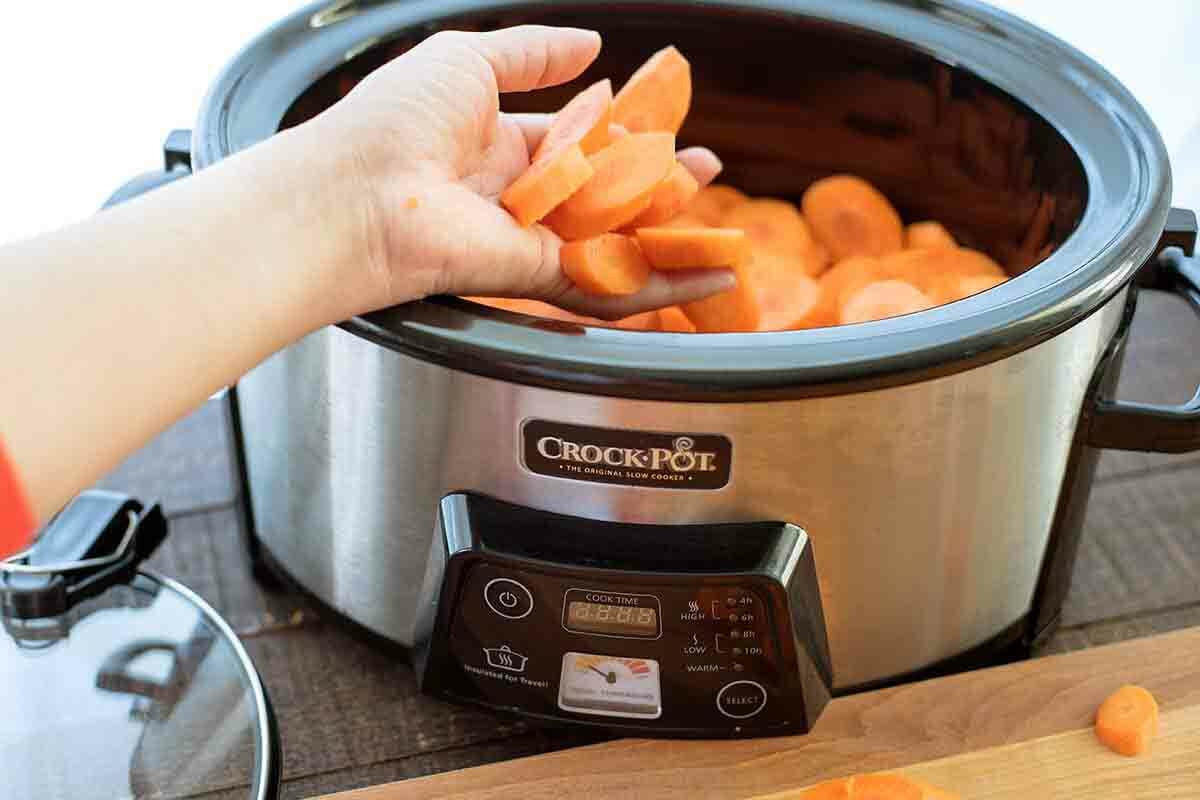
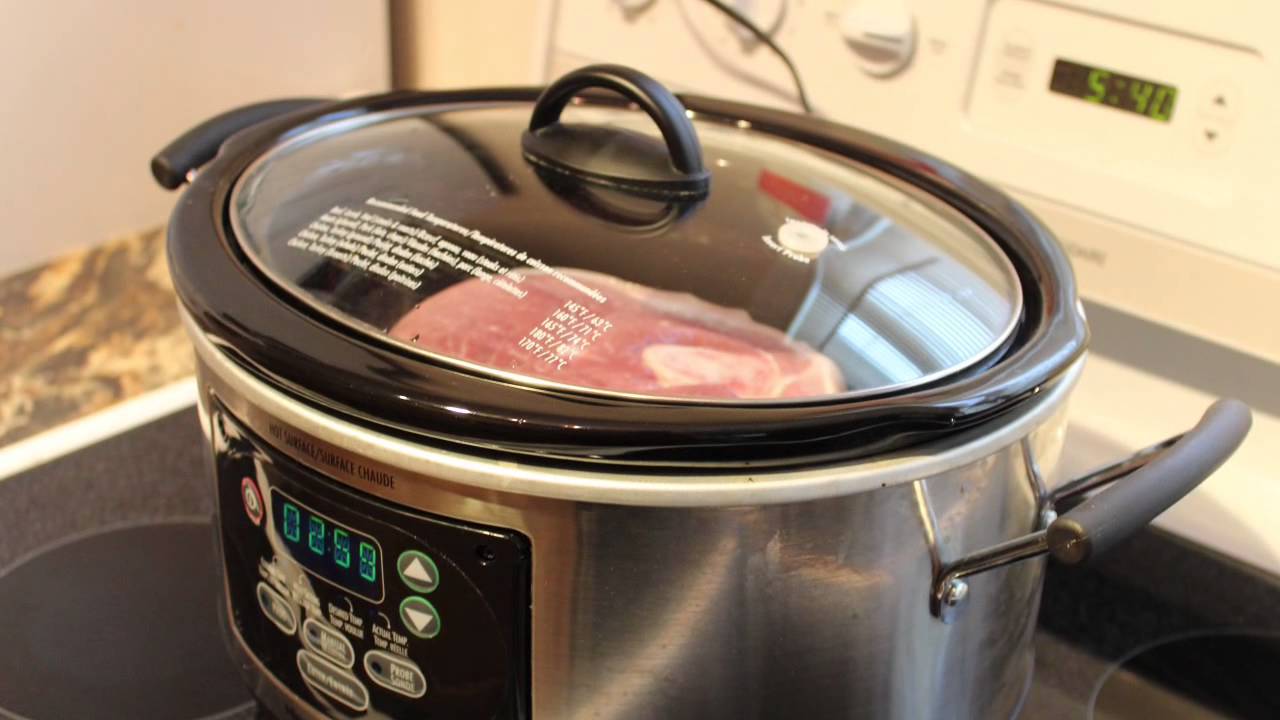
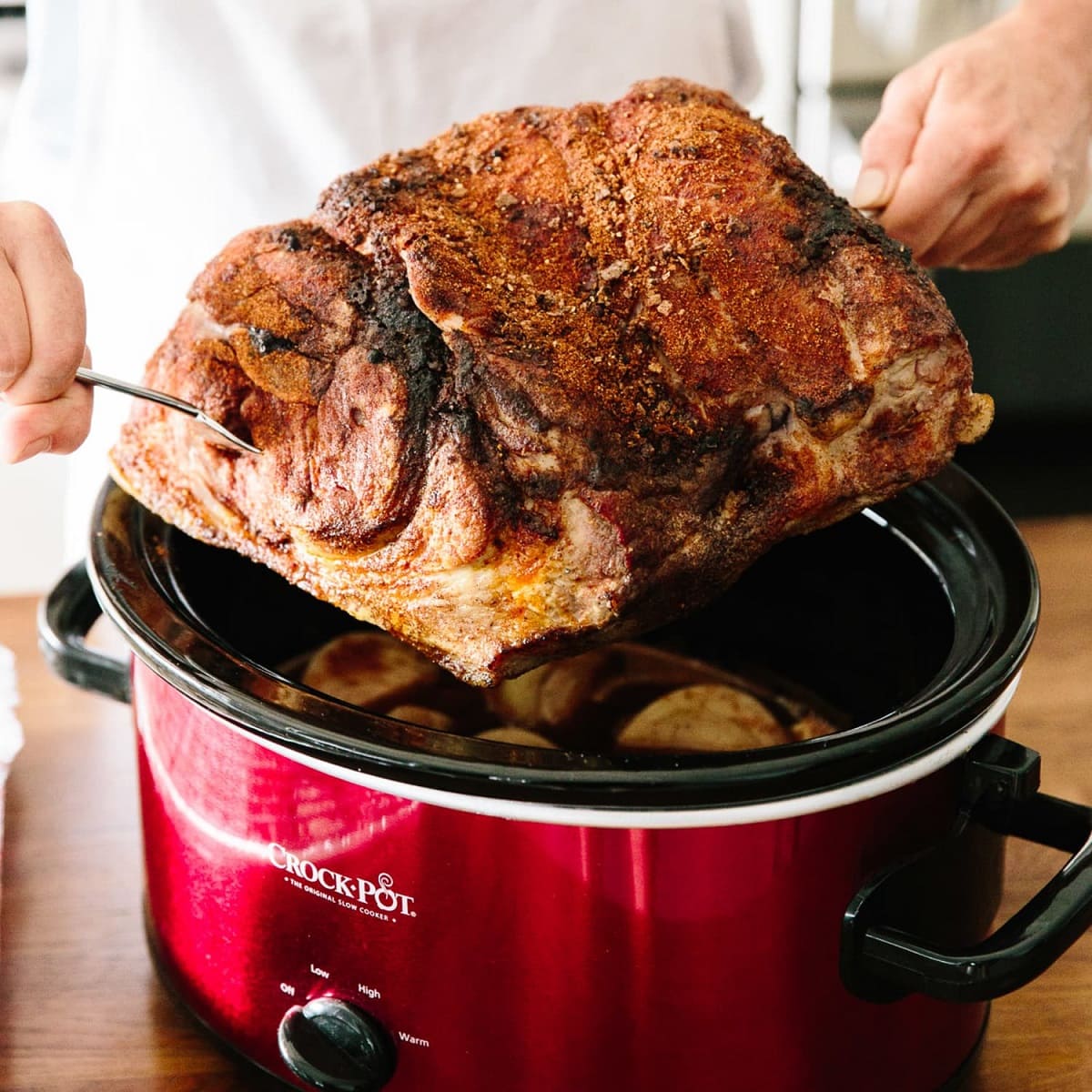
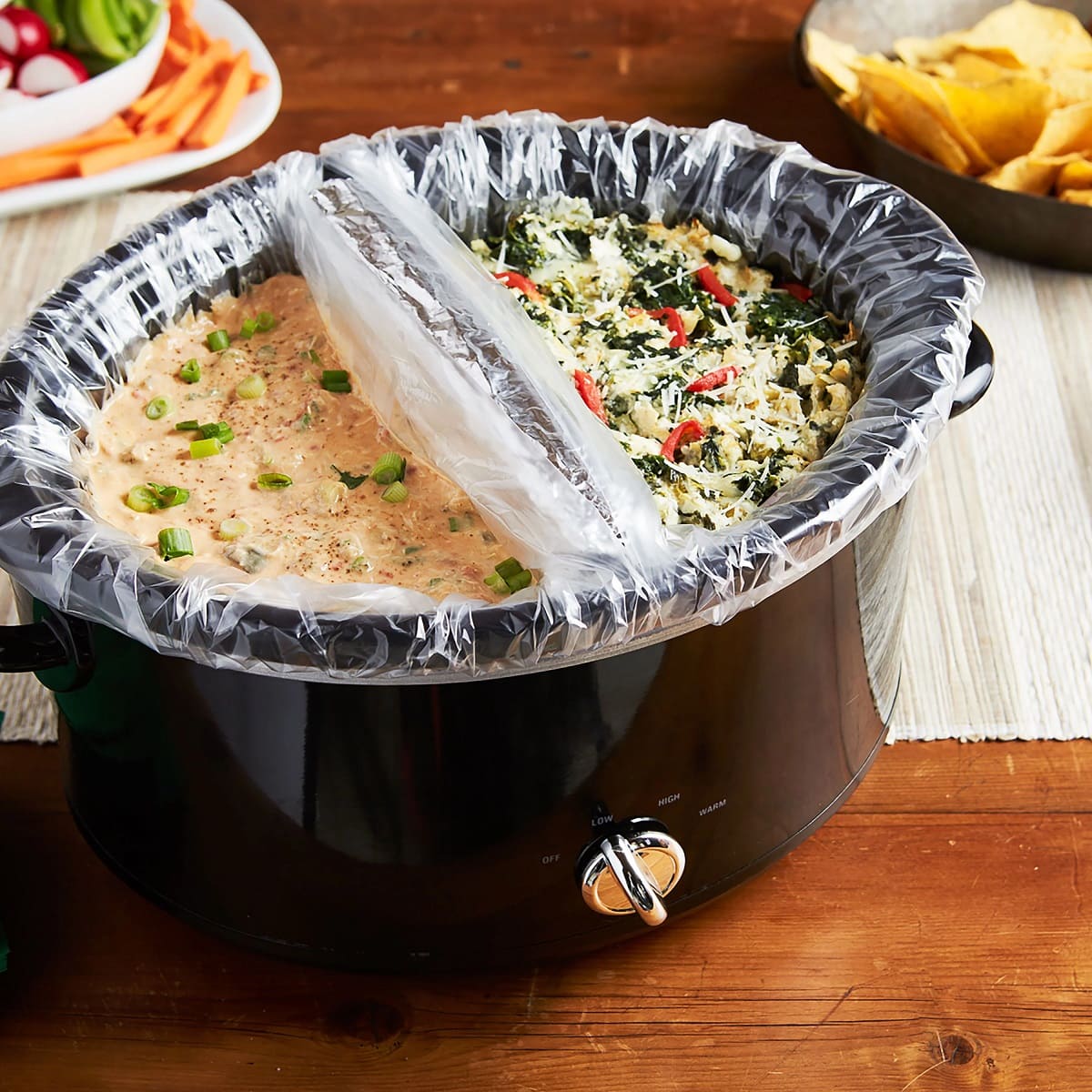
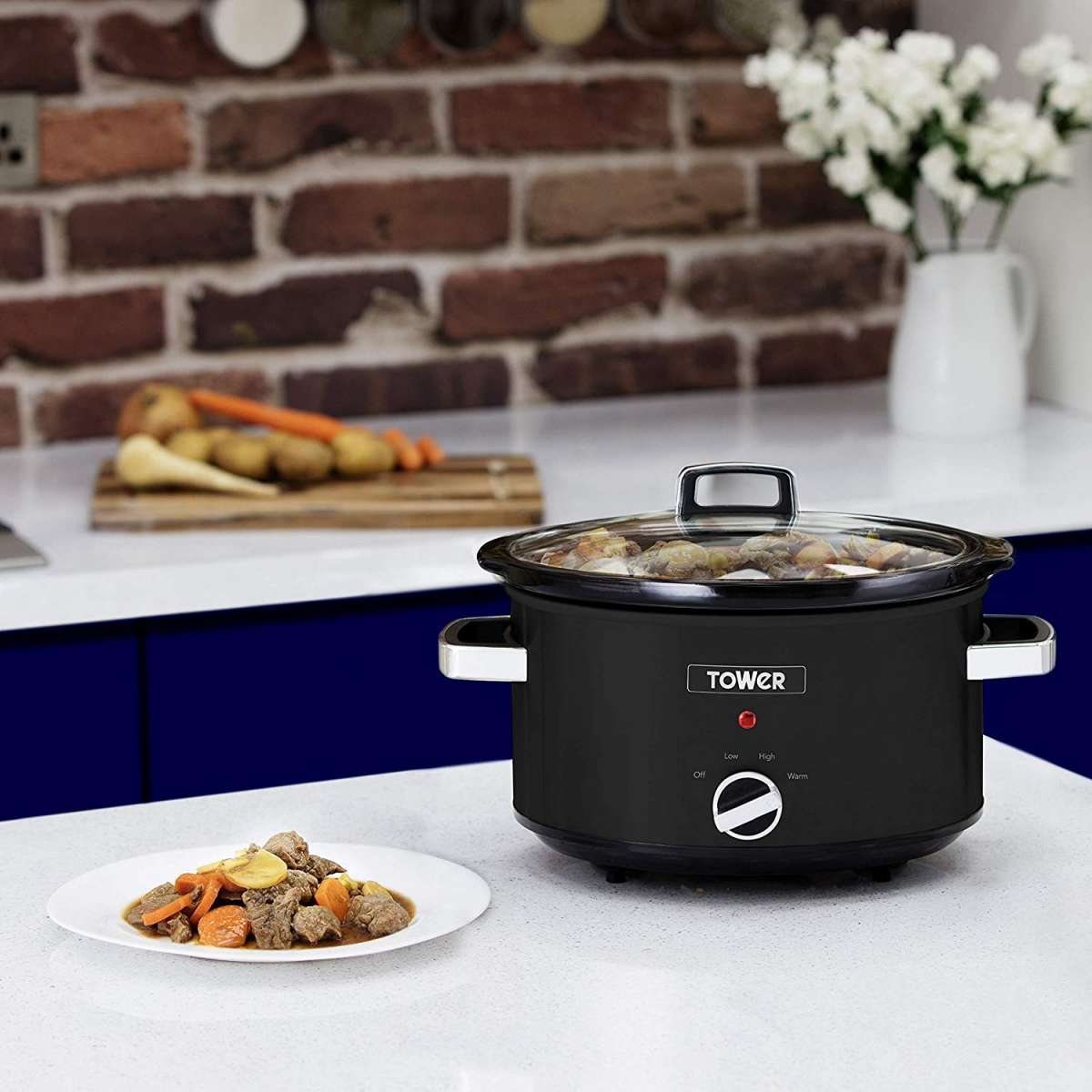
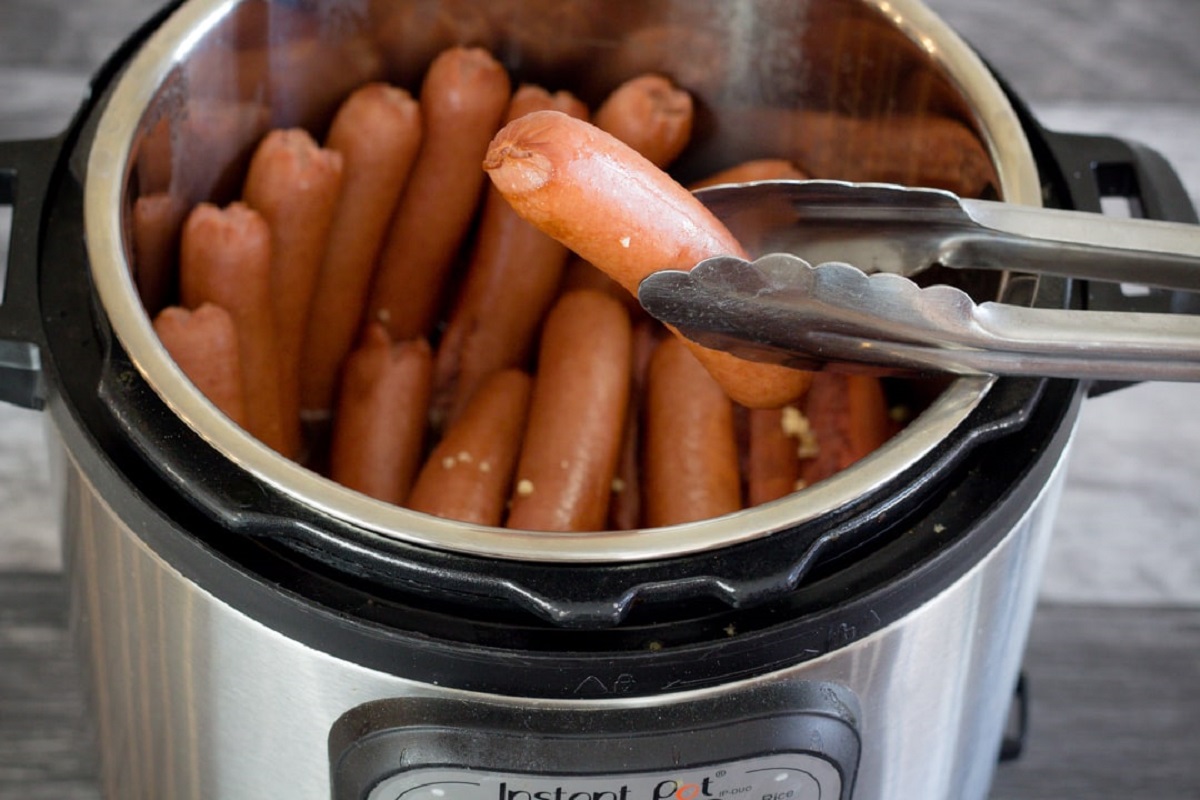
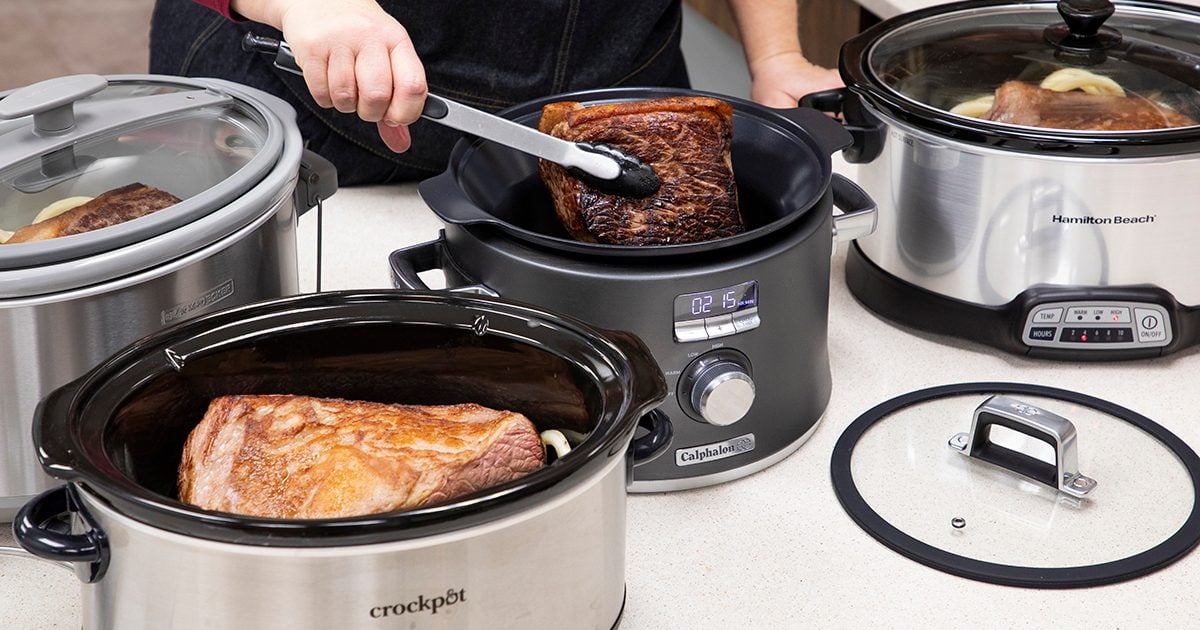
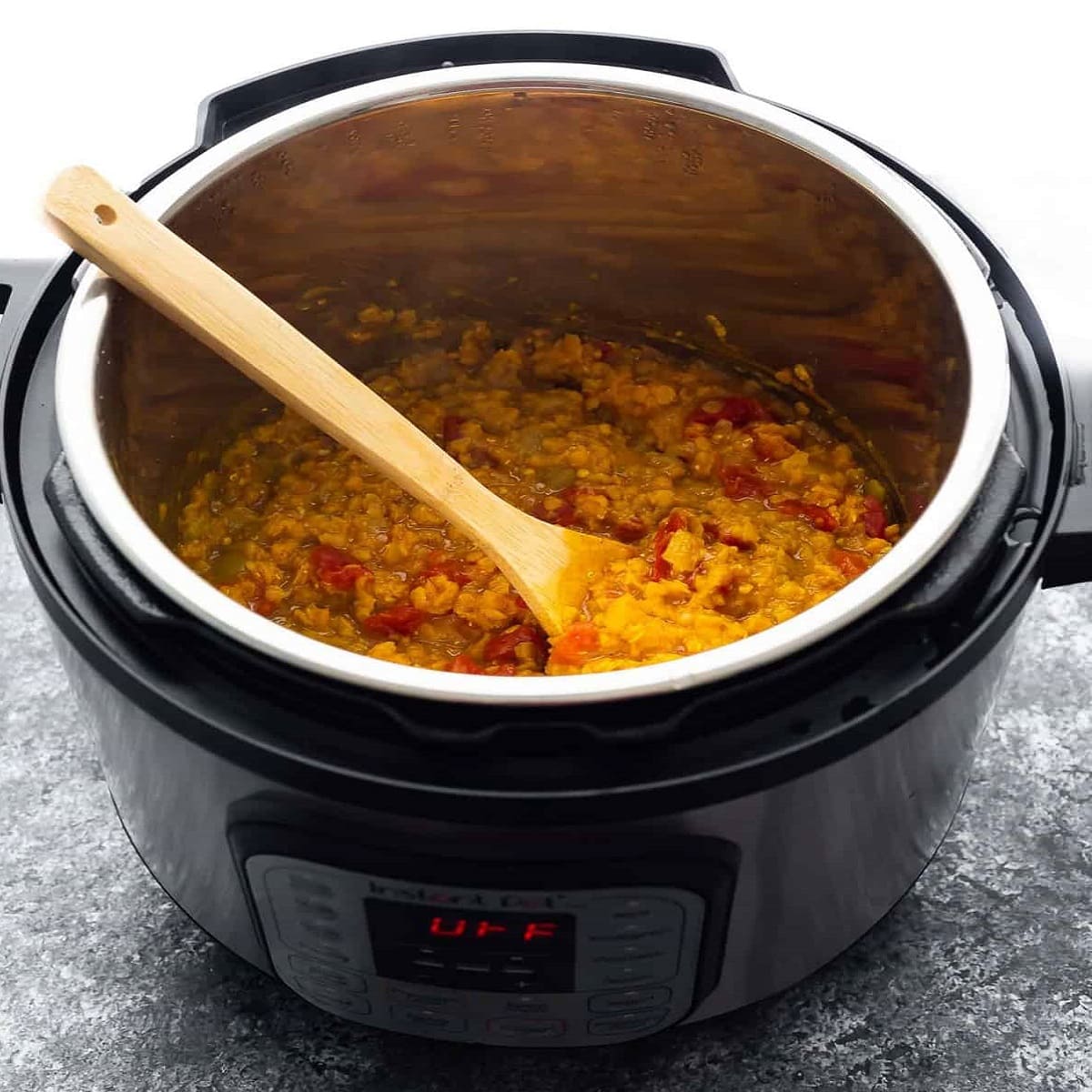
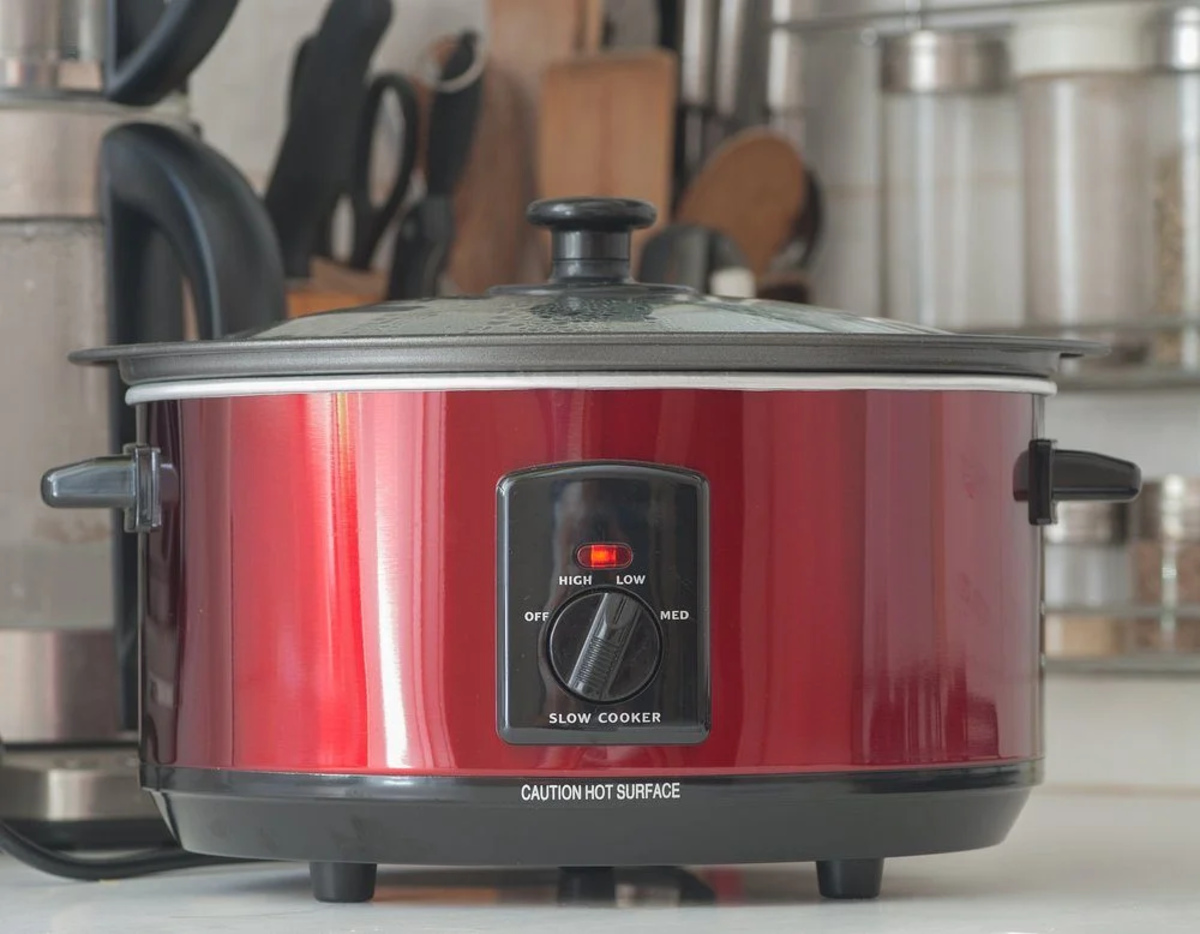
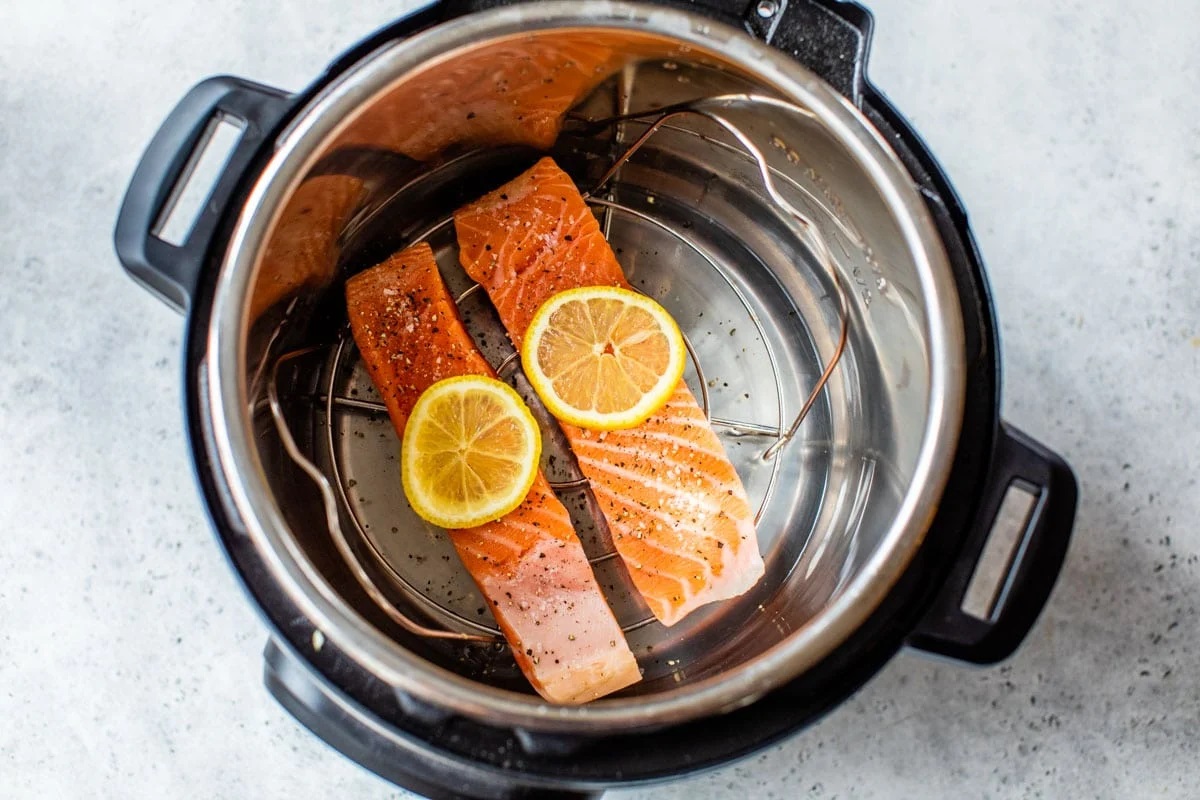
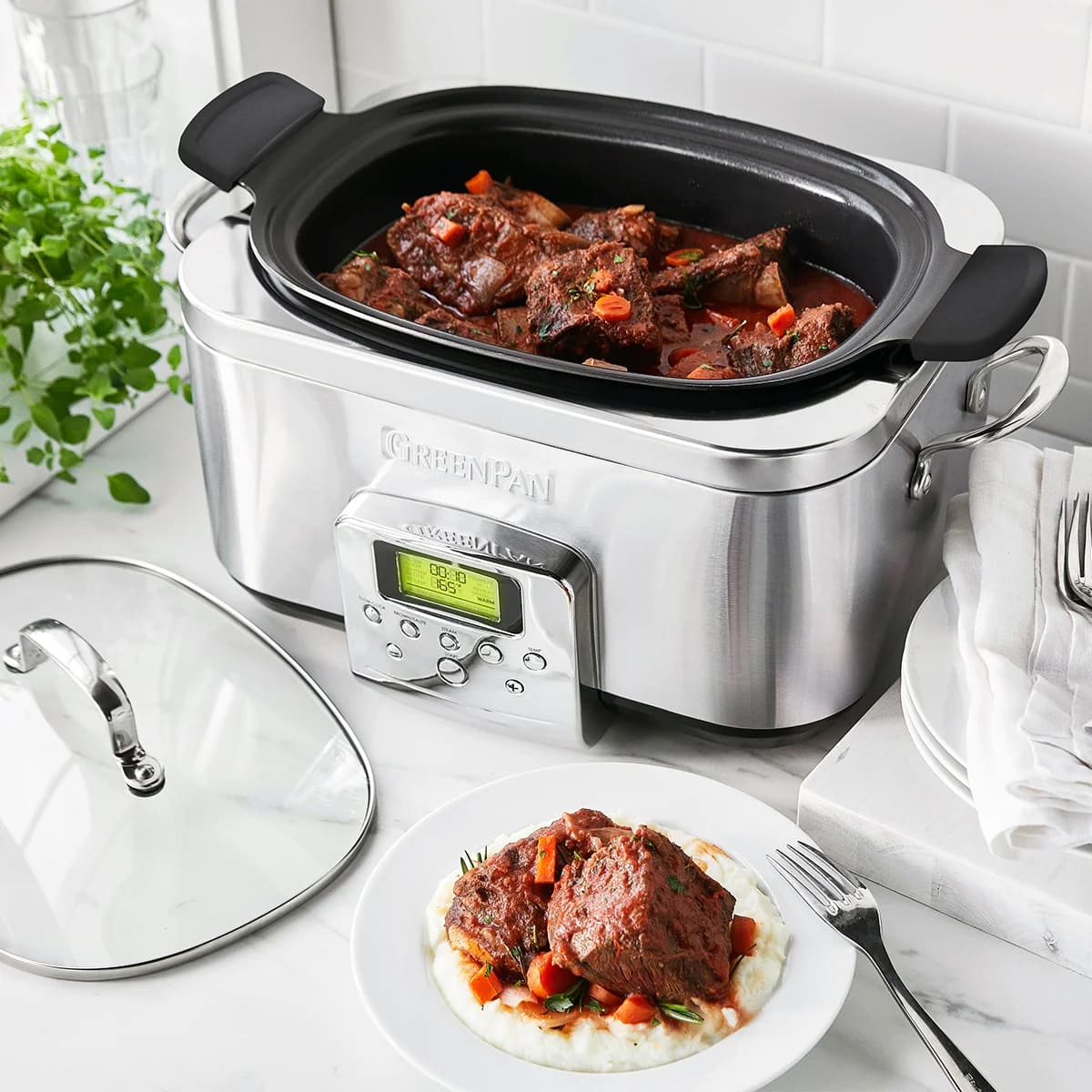
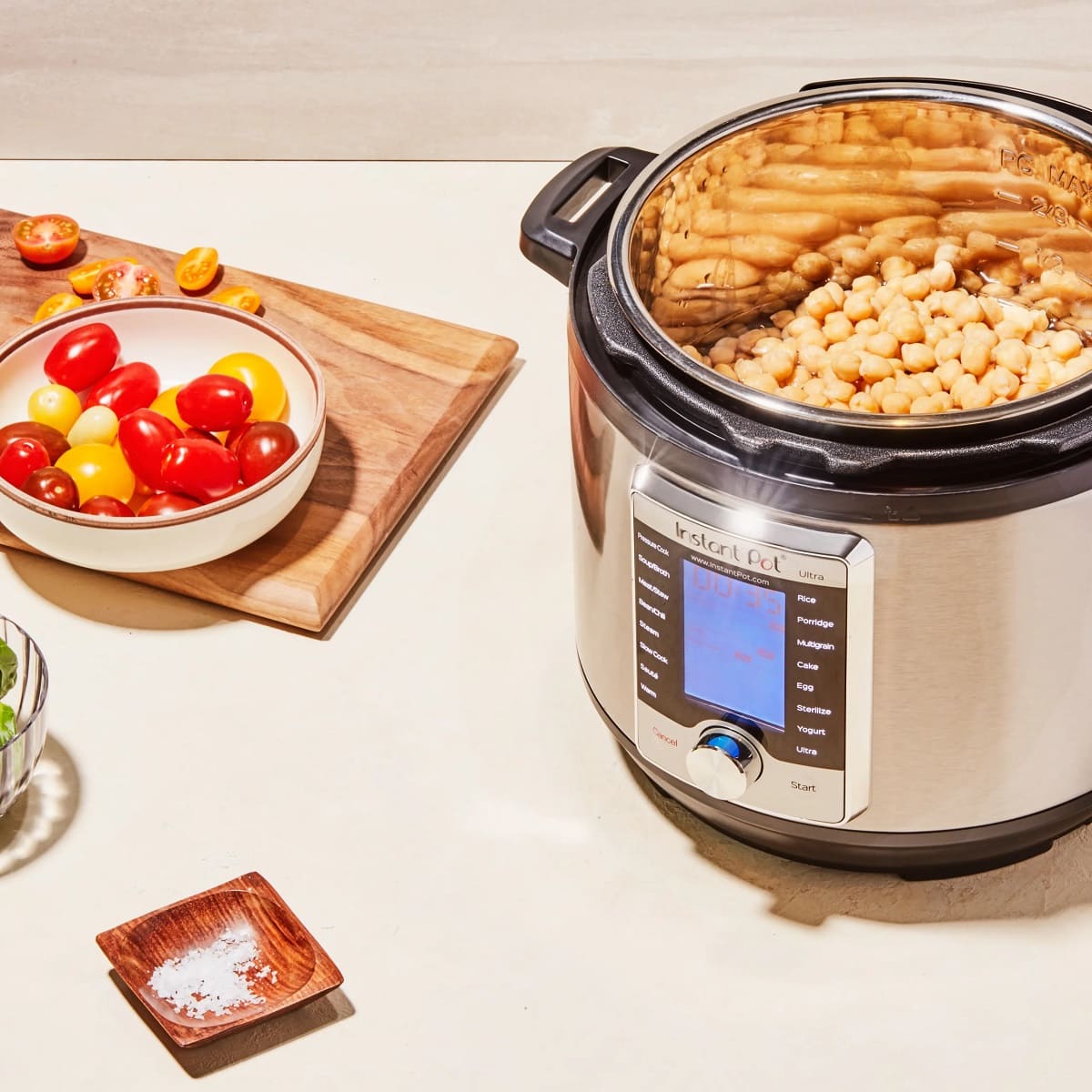
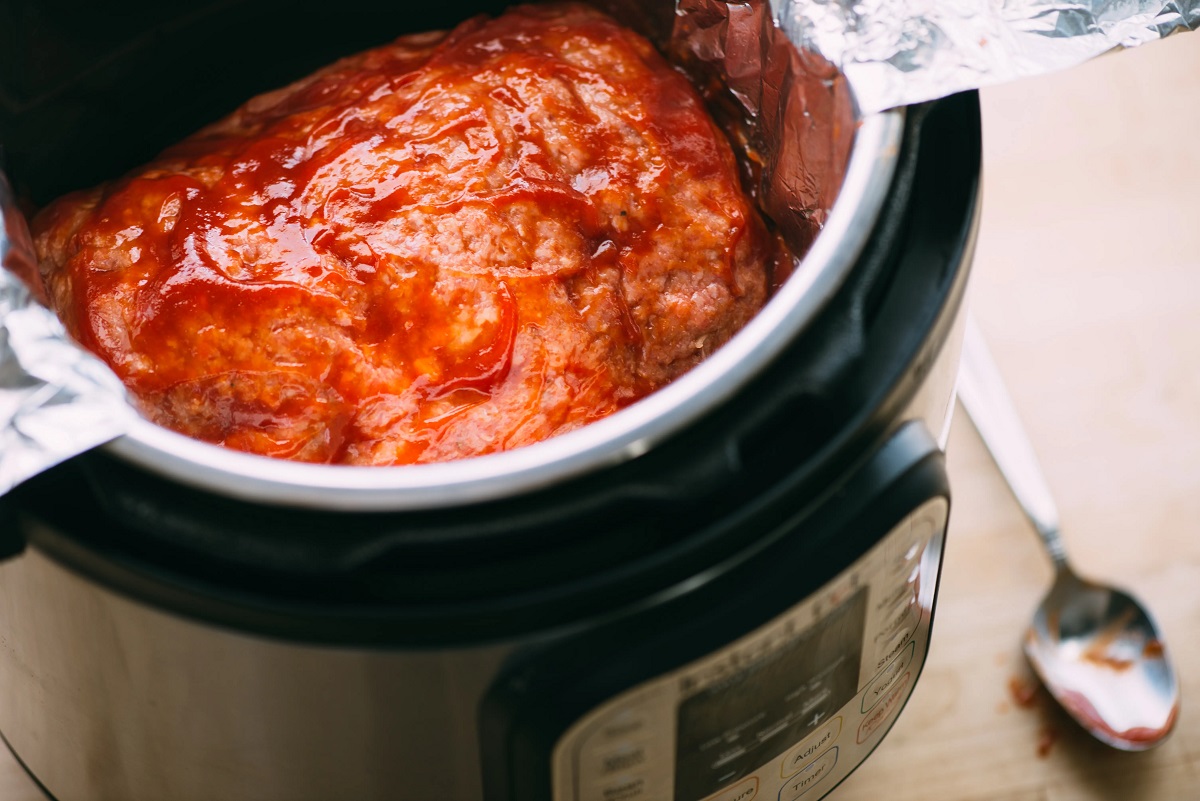

0 thoughts on “How To Cook In Slow Cooker”